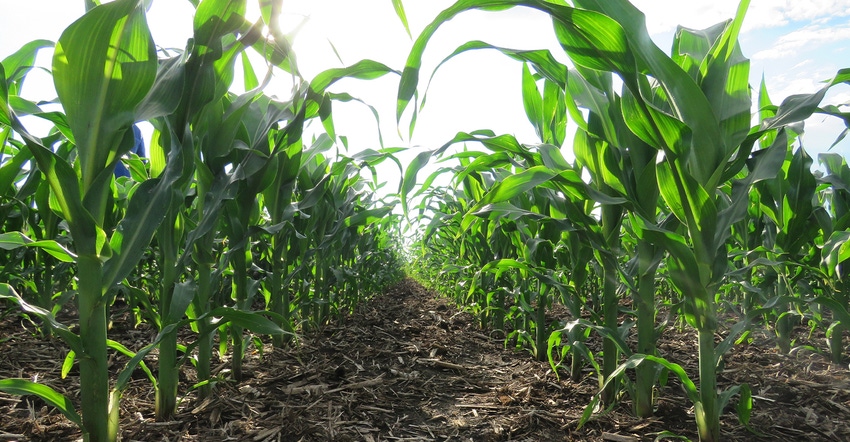December 9, 2019

Take a moment to review your 2018 and 2019 corn hybrid and soybean variety selections.
How profitable were these selections? Were you able to plant them on time? Did they mature on time? Were you able to harvest on time?
As you begin your seed selection for 2020, consider that we have had two wet, cool years in a row. This has been challenging for grain farmers across a major portion of the U.S. Will we make it three in a row next year? If I knew for sure what the 2020 growing season would be like, I would be rich. Since I am not able to predict the weather with great accuracy, I need to look back and study the past.
Weighing your options
We have had two challenging growing years in a row, so consider this. Suppose you plant shorter-maturity hybrids and varieties than normal in 2020? If we get a perfect growing season, you plant early, the crop matures on schedule, and you harvest early. Your crop would dry down more for you in the field, thereby reducing dryer costs. Might this reduce your stress level and farming anxiety that you have been experiencing?
Yes, you may be giving up a few bushels per acre, but doesn’t that open up some other options for you? Might you be able to grow some cover crops that you have been wanting to try? How about adding winter wheat to the rotation? We know that winter wheat in itself is not a high-profit crop, but don’t forget about the value of the straw. How about the value of breaking weed, insect and disease cycles by adding wheat to your crop rotation? It also provides another opportunity to apply manure to the field during a time of year that we normally cannot do so to corn and soybean fields.
Back to corn and soybean variety selection. Check out University of Wisconsin yield trial data for 2019. This will give you an indication of what you might expect from a variety and is nonbiased university research data. The current year’s data is usually published online the first week of December each year (see links below). This information is also usually published in several state agriculture news publications.
What about forages?
Consider the opportunity of adding forage to your rotation. The price of hay has held strong over the past few years. Yes, you have to find a market for it, and have dry weather to bale it or a way to make silage (baleage) and ship it. There are some good opportunities here. High-quality, properly preserved hay is quite valuable, and again helps to break the crop disease, weed and insect cycles that we constantly fight when we grow continuous corn, or even with a corn-soybean rotation.
Don’t be afraid that, if you begin growing alfalfa or a hay crop, you will have to invest in more expensive machinery. You can if you want to; however, there are quite a few excellent custom operators that can help you with cutting, baling and hauling hay. High-quality, dry, large square bales of hay are very marketable, so don’t be afraid of them. At the current market price of $200 per ton, you might find some nice profitability here.
In conclusion, review the performance of your 2019 varieties on your own farm. Study the UW yield trials. Select varieties that perform well over a variety of locations and conditions. Don’t be afraid to extend your crop rotation with another crop to help control weeds, insects and diseases.
Koepp is the Extension agriculture educator in Columbia County, Wis.
About the Author(s)
You May Also Like




